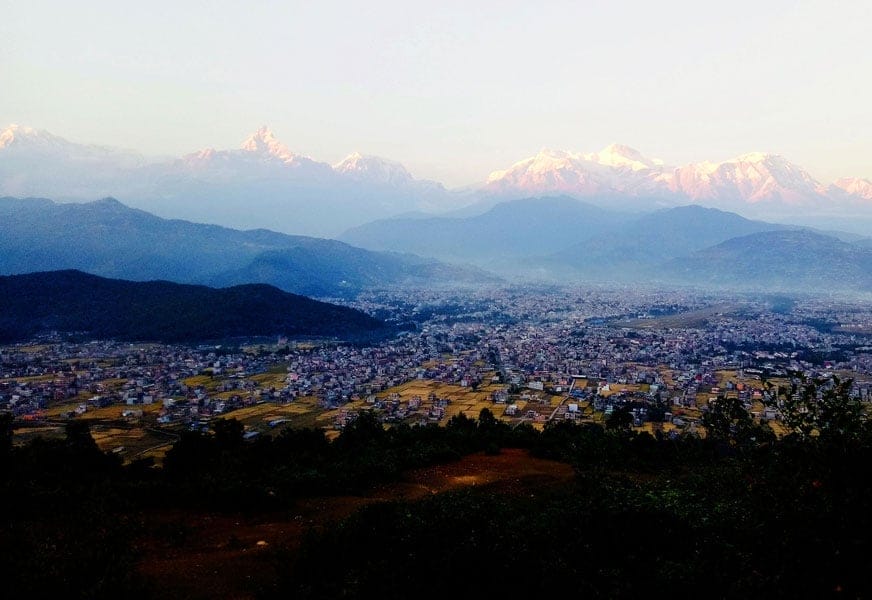Nagarkot day hike is a day package providing you the opportunity to explore and witness the scenic mountains with your naked eyes.
Nagarkot day hike is an easy hiking that everyone (suitable for all age groups) can join for short break in Kathmandu. A day hike from Sankhu to Nagarkot leads you to the most popular hilltop from where you can view the mystic mountains and village at a close.
Things to do in Nagarkot
You can witness the spectacular views of Langtang, Dorje Lakpa, Gauri Shanker and Ganesh Himal with the glimpses of Nagarkot village.
Group Size
We organize Nagarkot hiking for 1 to 14 pax (maximum) in a group. If the number of traveler exceeds to maximum 14 persons, we split the group and arrange accordingly.
Nagarkot Trekking Tour Guide
Nepal Tour Guide Team is always responsible for the client satisfaction and this would be possible only with a professional and experienced guide. Since our inception, we are specialized for private guide and customized tour itineraries for our valuable clients.
Be sure and believe us, we have a long time experienced Nagarkot tour guide who will explain well about the trip.
Best Time to go Nagarkot
Tour to Nagarkot can be undertaken in all seasons, however Spring (from March to May) and Autumn (from mid of September to mid of December) are the best.
During Spring and Autumn, the mountain views are excellent, fantastic weather and beautiful sunrise/sunset views. The blossom of wild flowers, pine trees, colorful villages and the rural lifestyle attract you more during these time. More to this, you will have lifetime experience in Nepal. Don’t miss it.
Places to Visit
Nagarkot
Nagarkot is the best destination for hiking near Kathmandu valley. It is situated 32 km east north of Kathmandu valley at an altitude of 2174m from sea level.
Sankhu – Ancient Newari Village
Sankhu is a small ancient Newar community town located in Shankharapur Municipality, north-eastern of Kathmandu valley. Clustered with the old houses, temples and narrow steep roads, sankhu provides you the image history of Nepal. Sali Nadi, a holy place to celebrate Shree Swasthani Brata Katha is situated in Sankhu, Kathmandu.
Transportation
We will provide a luxury transportation Car, Jeep, Bus (depend on group-size) to Sankhu (Shankhapur, Kathmandu) and return back.
Nagarkot Panoramic Hiking Trail
Then we start our hike to Nagarkot. On the way of hike, you can see pine trees forest, flowers and animals. we will walk for 4 to 5 hrs to reach there and get chance to involve in the local life style of the villagers. The panoramic view of dramatic mountains. Mountains like Langtang, Dhaulagiri, in the west passes and Mt. Everest and Kanchenjunga to the east side of the hill top. We can enjoy the beauty from the hill station with scenery along with close ethnic, hand made crafts on the way.
Book Nagarkot Day Hiking in 2020
Nepal Tour Guide Team organizes this short and easy hiking trail in a reasonable price with quality services. This can be the best option for your leisure holidays in Nepal or an extension trip.
Contact Nepal Tour Guide Team for booking Nagarkot Day Hike instantly. We offer you a grand 20% discount (Terms and Conditions Apply) during Visit Nepal 2020.
- Call us: +9779851243700 (Viber/Whatsapp)
- Email us: [email protected]
Do you have any questions? see our FAQs section for further information about the trip.















